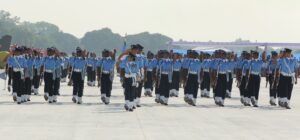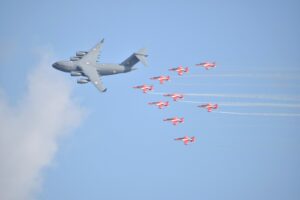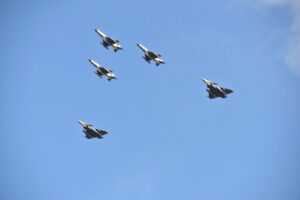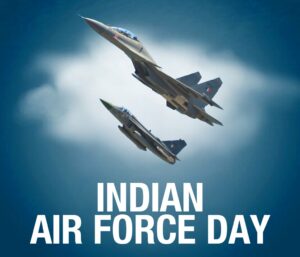It was interesting to interact with Gaurav
on his Talk Show SPEAKWITHGRV
on Air Force Day
We talked about:-
- SSB experience and joining the Air Force.
- Defence background: Parental pressure if any.
- Decision to join IAF as a fighter pilot .
- NDA experience, routine and AF training at NDA.
- Flying training stages in the IAF.
- First Solo and the thrill in it.
- Fighter aircraft features.
- Training to deal with eventualities.
- Importance of physical and mental strength and fitness.
- Dealing with emergencies, incidents and accidents.
To view, please click on the link below :-
Coming up: Part 2 about IAF and broader issues.
Suggestions and value additions are most welcome
For regular updates, please register here
References and credits
To all the online sites and channels.
Disclaimer:
Information and data included in the blog are for educational & non-commercial purposes only and have been carefully adapted, excerpted, or edited from sources deemed reliable and accurate. All copyrighted material belongs to respective owners and is provided only for purposes of wider dissemination.









